It is based on the eBird barchart for the region available here:
ebird.org/canada/barchart?byr=1901&eyr=2023&bmo=1&emo=12&r=CA-BC-EK
As you can see, ducks are generally the first group to return northward but this year we are still waiting for the following:
Tundra Swan TUSW
Wood Duck WODO
Redhead REDH
Ring-necked Duck RNDU
Northern Shovelor NSHO
Blue-winged Teal BWTE
Gadwall Gadwall
Also, Ring-billed Gull (RBGU) and California Gull (CAGU) are late; and Common Loon (COLO).
At time of writing, I find it difficult to believe we could see Tree (TRES) and Violet-green Swallow (VGSW) any day now because I still have a foot of snow in my yard in Kimberley.
And we usually have Western (WEBL) and Mountain (MOBL) Bluebirds back by now, as well as Say's Phoebe (SAPH). Please come soon.
Western Meadowlark (WEME) are sometimes here the end of February. One year they arrived to snow-covered fields and had to forage along the plowed road edges - poor things. Looks like it will be the same this year. Actually, it has been the same for the past THREE years, I think.
And where are the Brewer's Blackbird (BRBL), Spotted Towhee (SPTO), and Fox Sparrows (FOSP)?
Anyway, look for the above soon, and Osprey (OSPR). Happy Birding!
Dianne C.
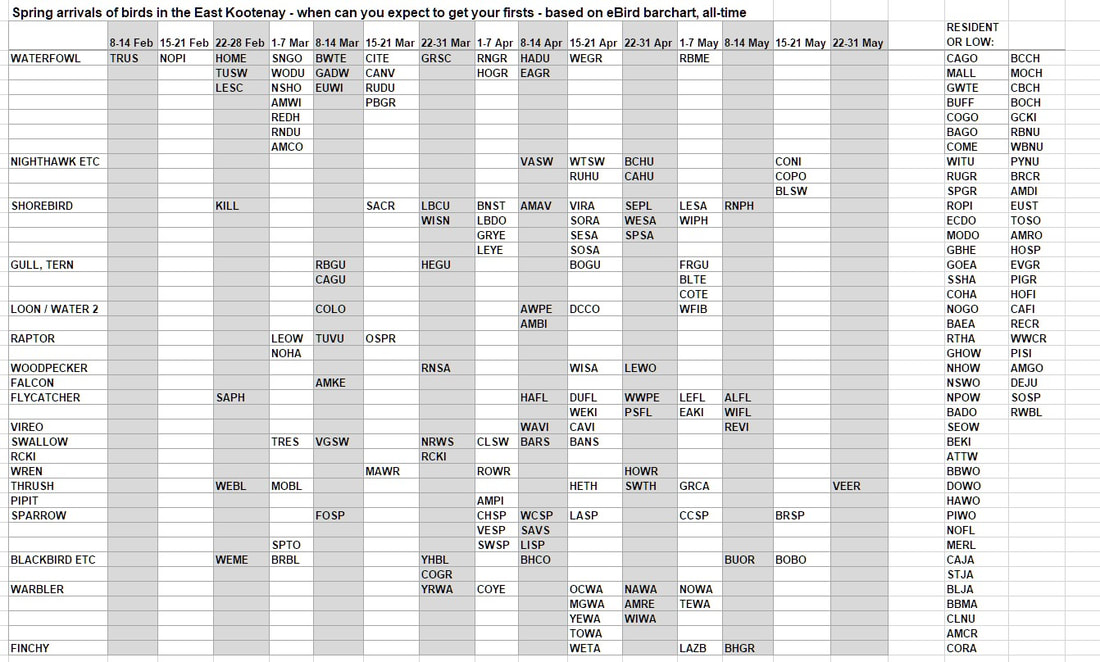
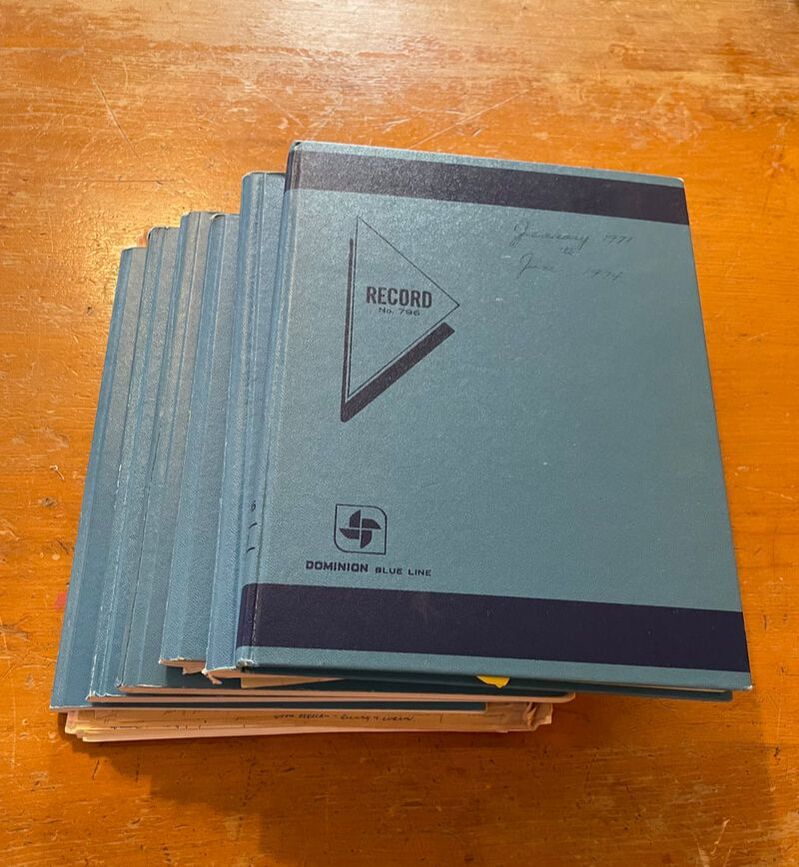
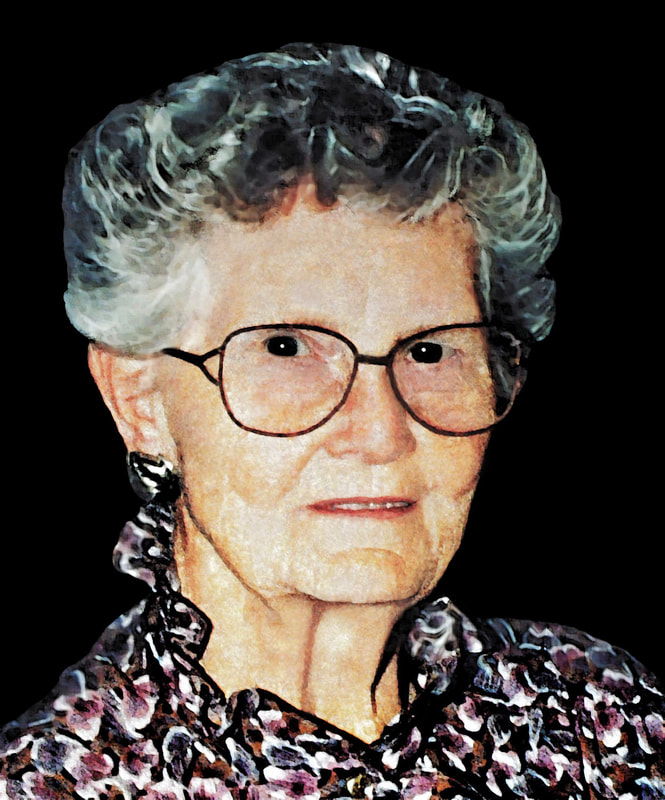
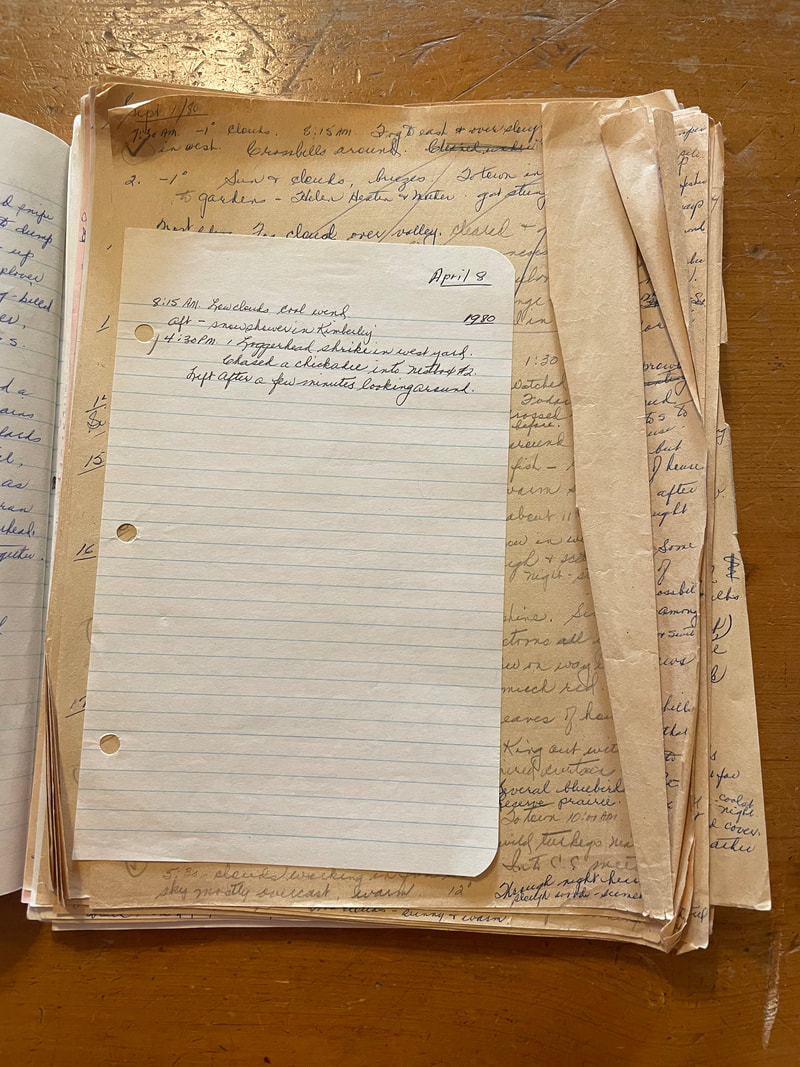
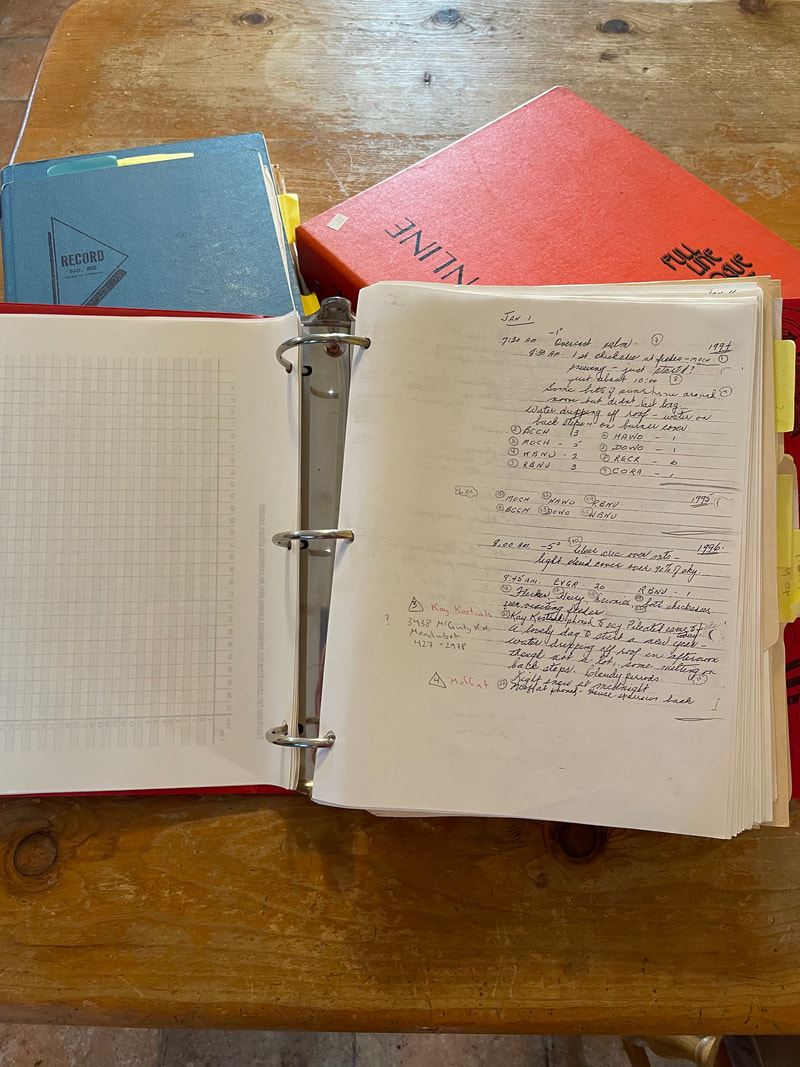
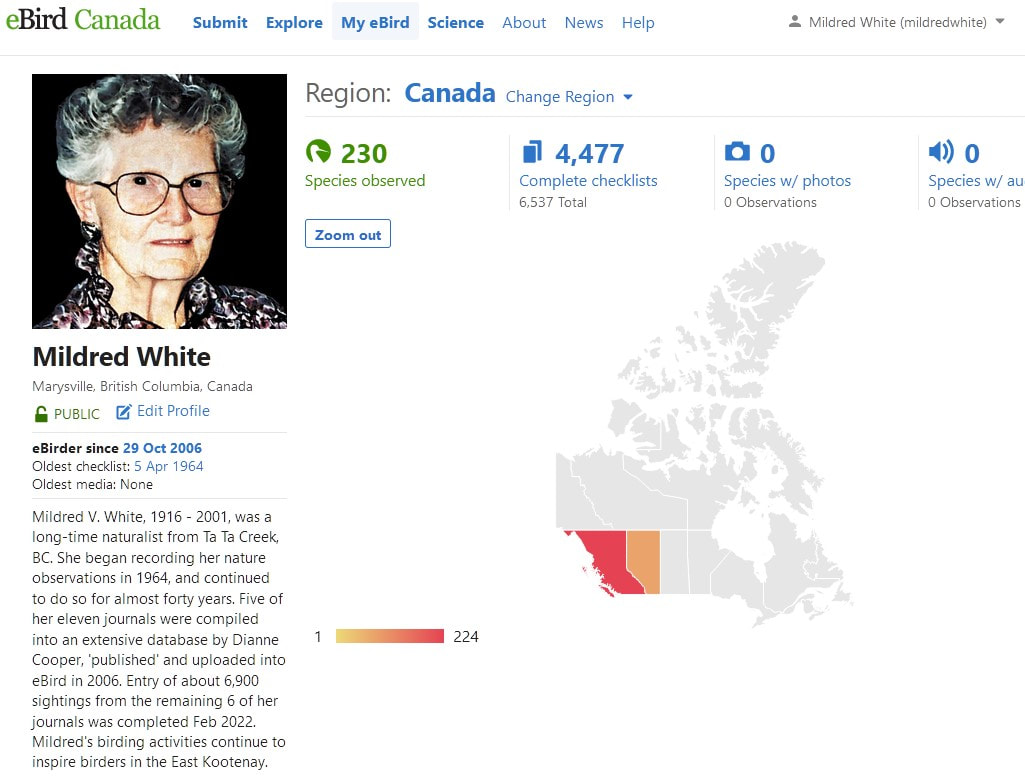
 RSS Feed
RSS Feed
